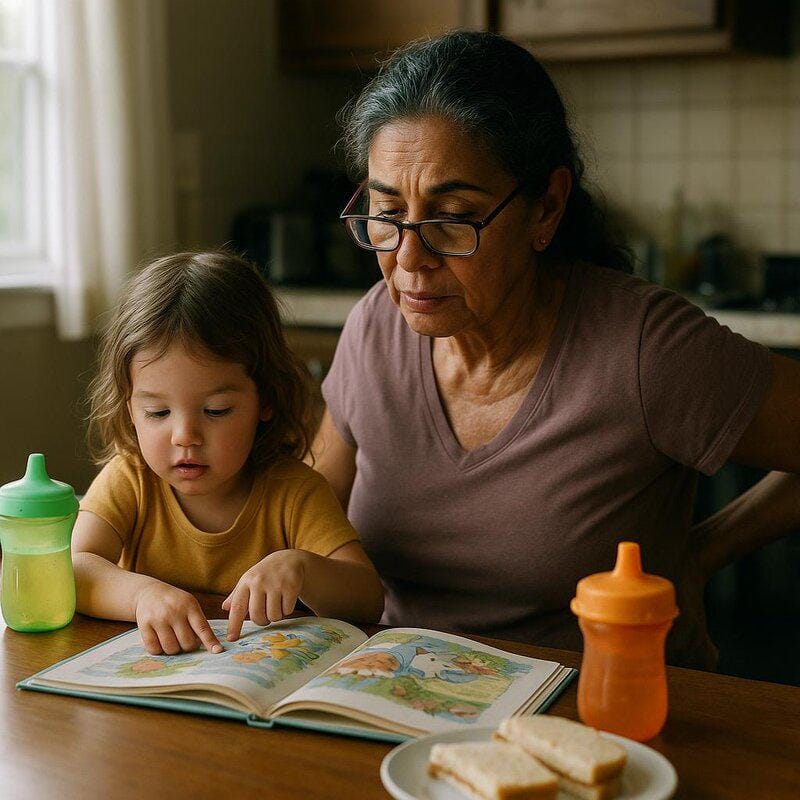Sick Day Survival Kit: 14 Things Every Parent Needs When Kids Get Ill
Caring for a sick child is never easy—unpredictable symptoms and restless nights can leave any parent feeling overwhelmed. Having a thoughtfully stocked sick day survival kit can ease stress, speed up recovery, and boost comfort for your little one. This guide covers 14 essential items every parent should have on hand to manage fevers, soothe aches, and keep kids safe and comfortable throughout their illness. With the right tools, you can navigate sick days with greater confidence and calm.
1. Digital Thermometer
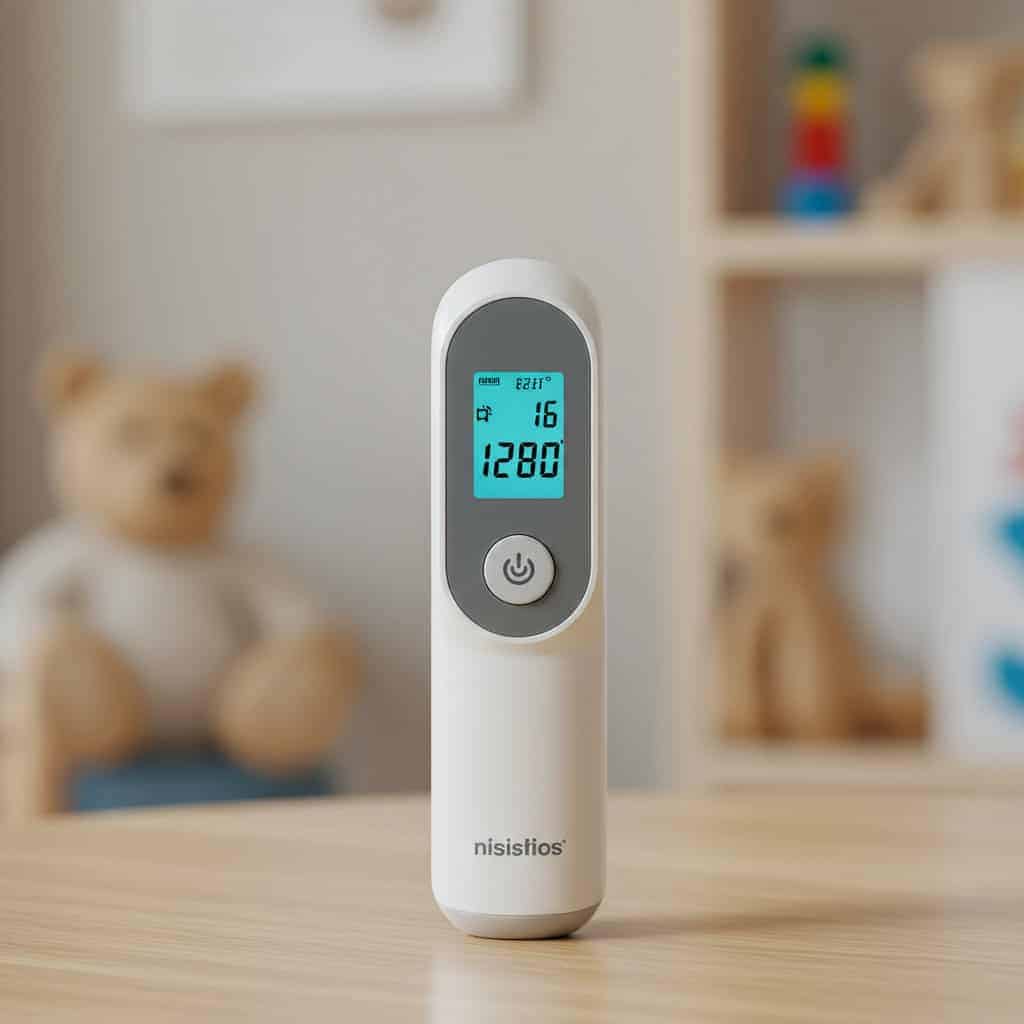
A reliable digital thermometer is a must-have for every parent’s sick day kit. It provides fast, accurate temperature readings, helping you determine whether your child’s fever can be managed at home or if you should consult a doctor. Options include ear, forehead, and oral thermometers, but digital models are often the most precise for children. Learn about thermometer types and fever management at the Mayo Clinic.
2. Children’s Pain and Fever Medication
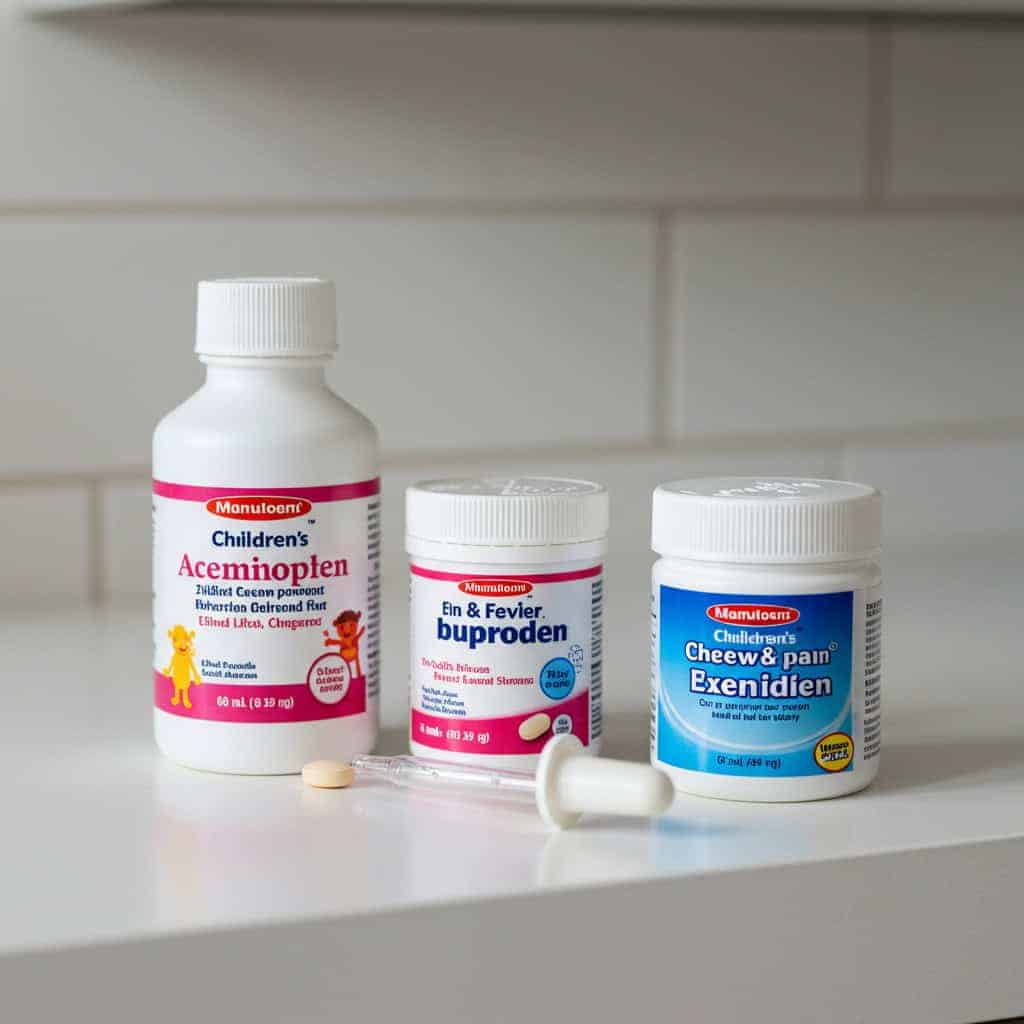
Keeping children’s acetaminophen or ibuprofen on hand allows you to address fevers and discomfort promptly. Choose the form—liquid or chewable—that matches your child’s age and ability to swallow. Always read dosing instructions carefully and consult your pediatrician if you’re unsure about the correct amount. For expert advice on safe medication use for children, visit the FDA’s guide.
3. Oral Rehydration Solutions
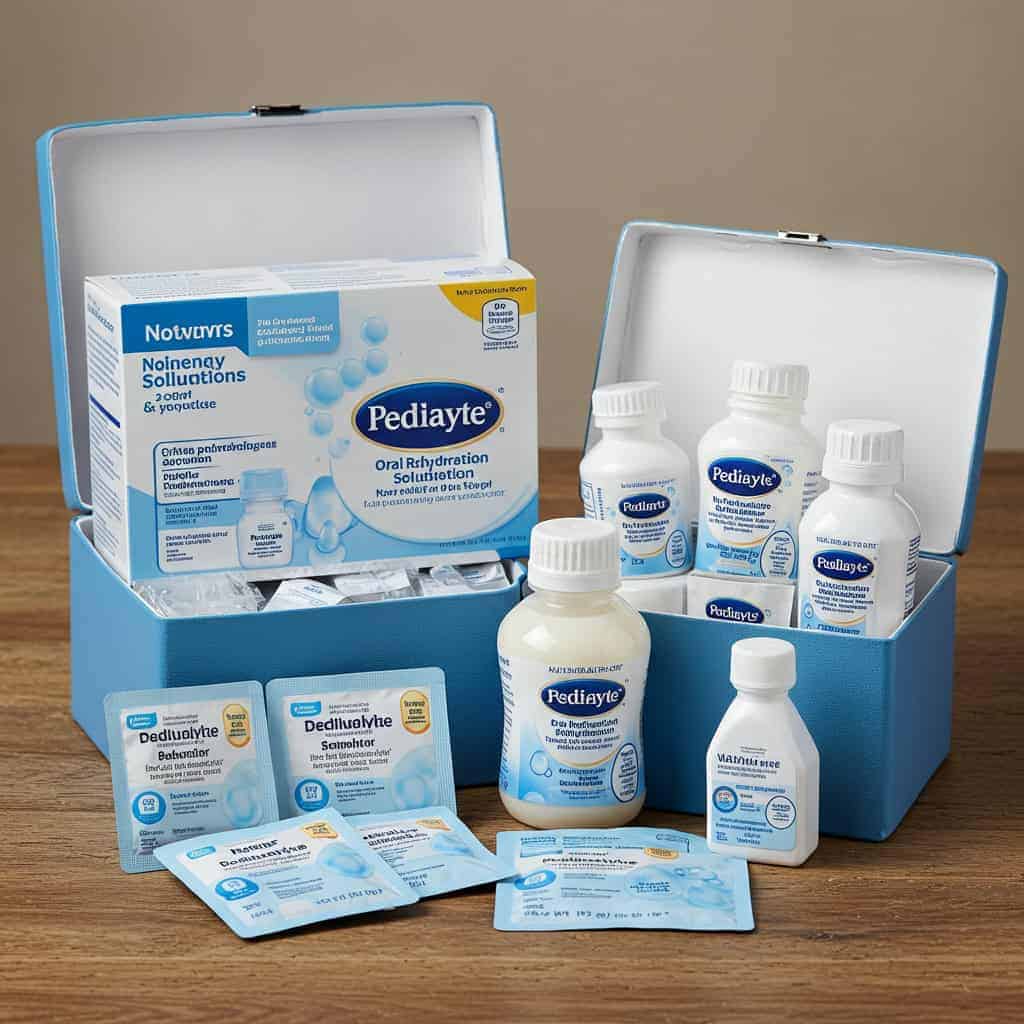
When children experience vomiting or diarrhea, oral rehydration solutions like Pedialyte are essential for quickly replenishing lost fluids and electrolytes. These solutions are more effective than water alone and come in convenient ready-to-drink bottles or powder packets. Keeping them in your kit helps prevent dehydration. For additional hydration tips, refer to the MSD Manuals rehydration guidelines.
4. Tissues and Wipes
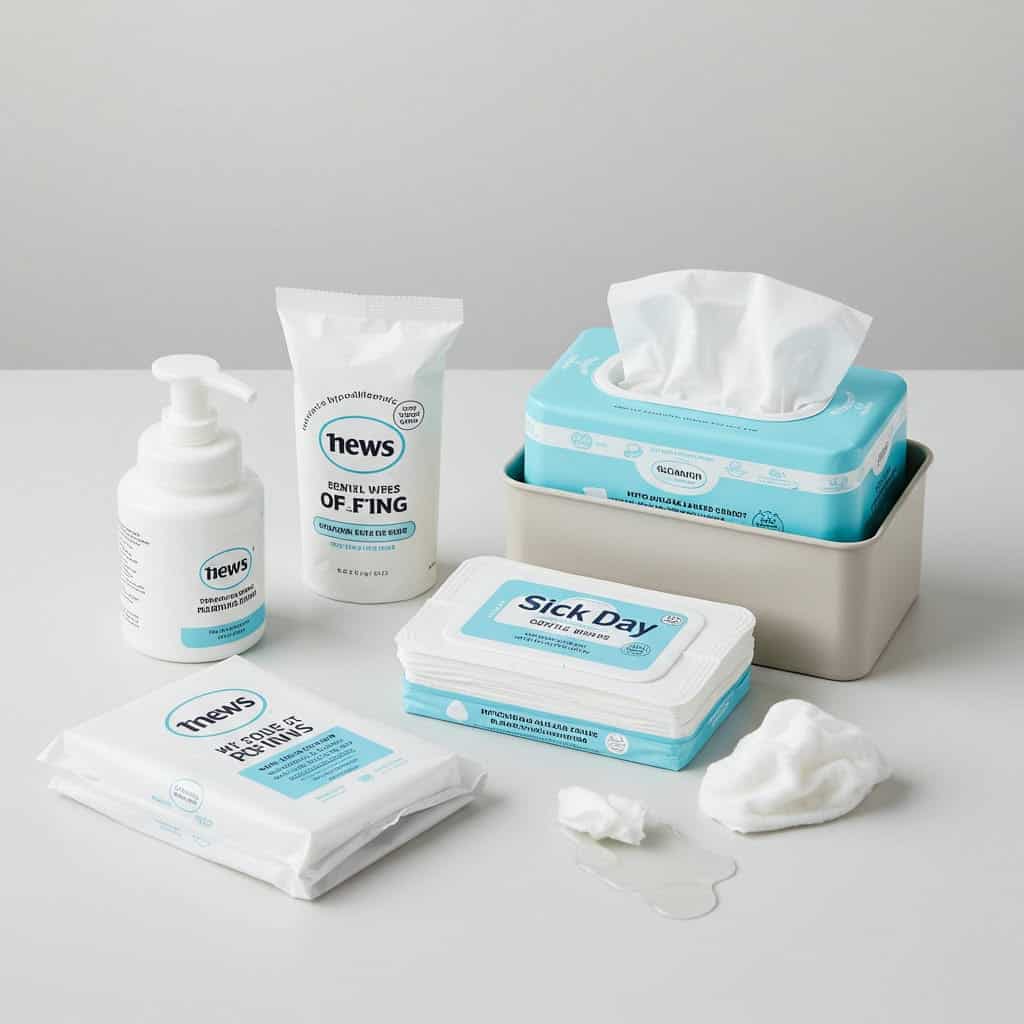
Having soft, hypoallergenic tissues and gentle wipes on hand is crucial for managing runny noses, sneezes, and minor messes. They offer comfort and help reduce the spread of germs in your home. Stocking both ensures you’re prepared for any situation. For tips on preventing the spread of colds, visit Harvard Health’s advice.
5. Humidifier
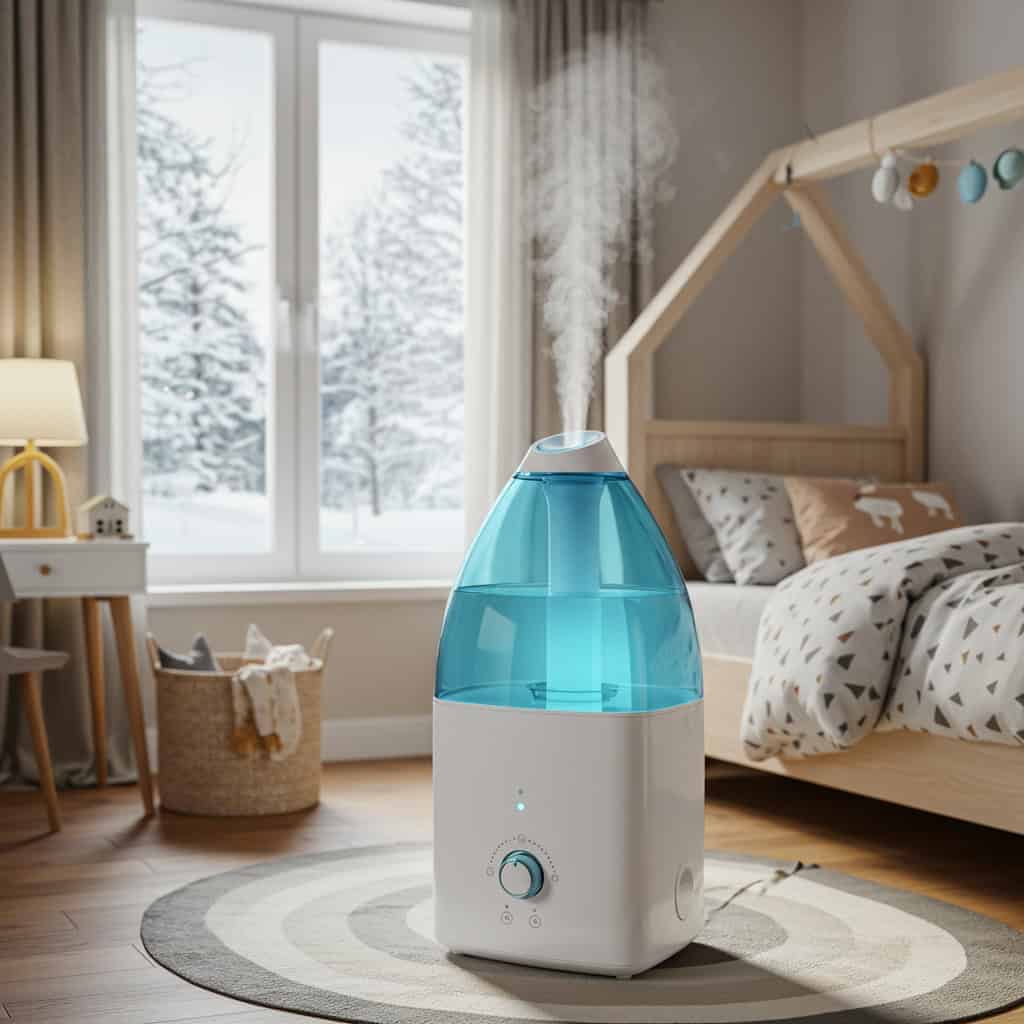
A cool-mist humidifier can make a big difference when your child is sick by adding moisture to the air, which helps ease coughs and congestion. It’s especially useful in winter or in homes with dry, heated air. Remember to clean your humidifier regularly to avoid mold and bacteria buildup. For guidance on safe use and maintenance, consult Cleveland Clinic’s tips.
6. Comfort Items

Beloved blankets, stuffed animals, or a favorite pillow offer emotional comfort and reassurance when kids aren’t feeling well. These familiar items help children relax and recover more easily by providing a sense of security. For more on supporting your child’s well-being during stressful times, visit HealthyChildren.org.
7. Easy-to-Digest Foods
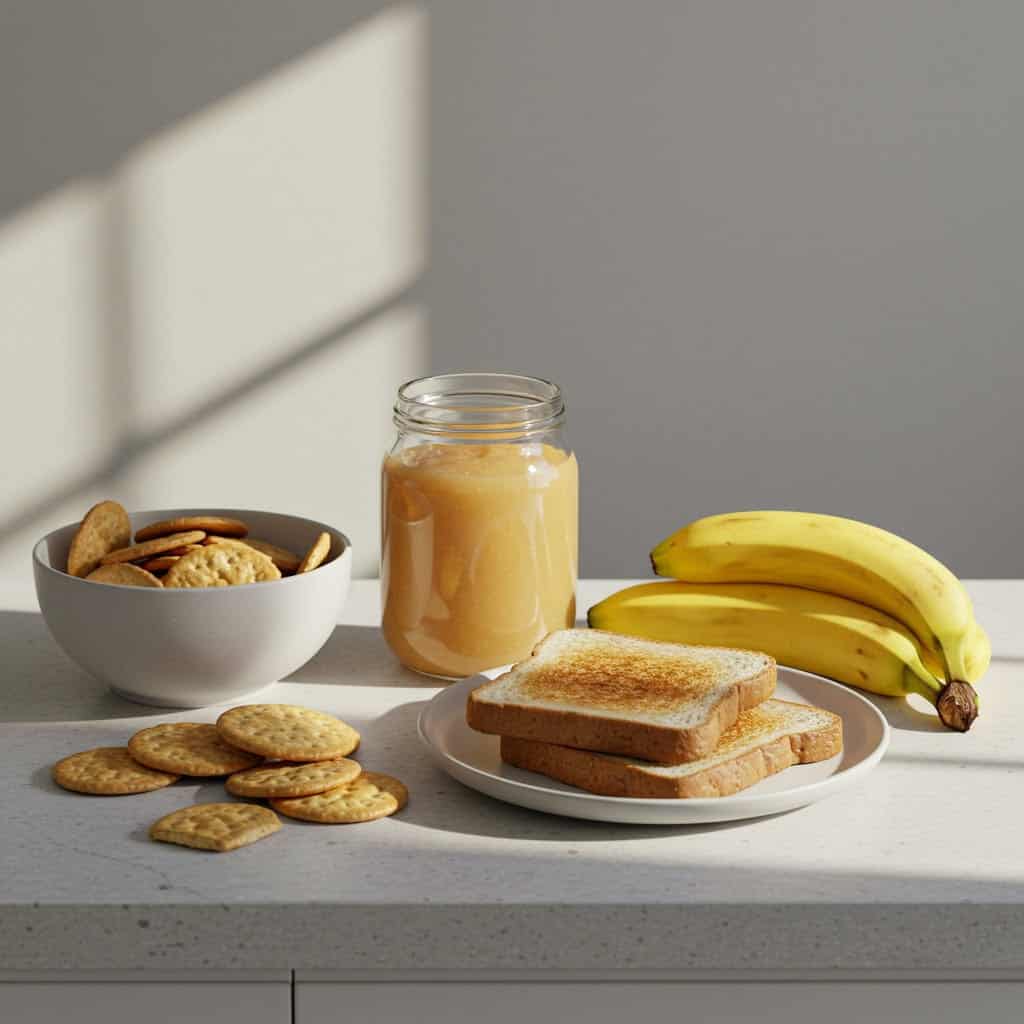
Stock up on easy-to-digest foods like plain crackers, applesauce, bananas, and toast—commonly known as the BRAT diet. These options are gentle on sensitive stomachs and provide much-needed energy when appetite is low. It’s best to avoid dairy and fatty foods until your child recovers. For expert dietary guidance during illness, see Johns Hopkins Medicine’s sick day diet tips.
8. Disposable Bags or Buckets
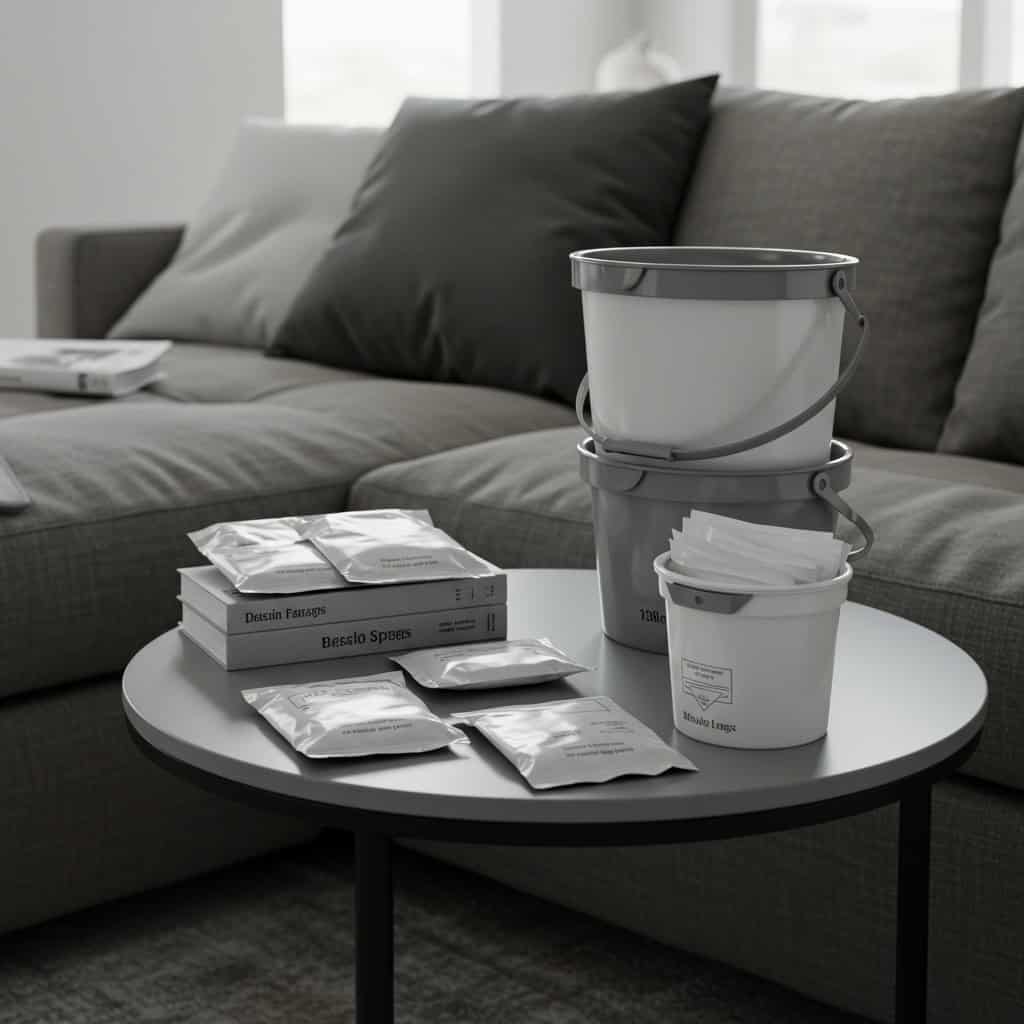
Keeping small buckets or disposable bags nearby is essential for easy and hygienic clean-up when your child feels nauseous or vomits. Designate specific containers and place them within arm’s reach. For additional tips on maintaining cleanliness and hygiene at home, consult CDC guidance.
9. Hand Sanitizer
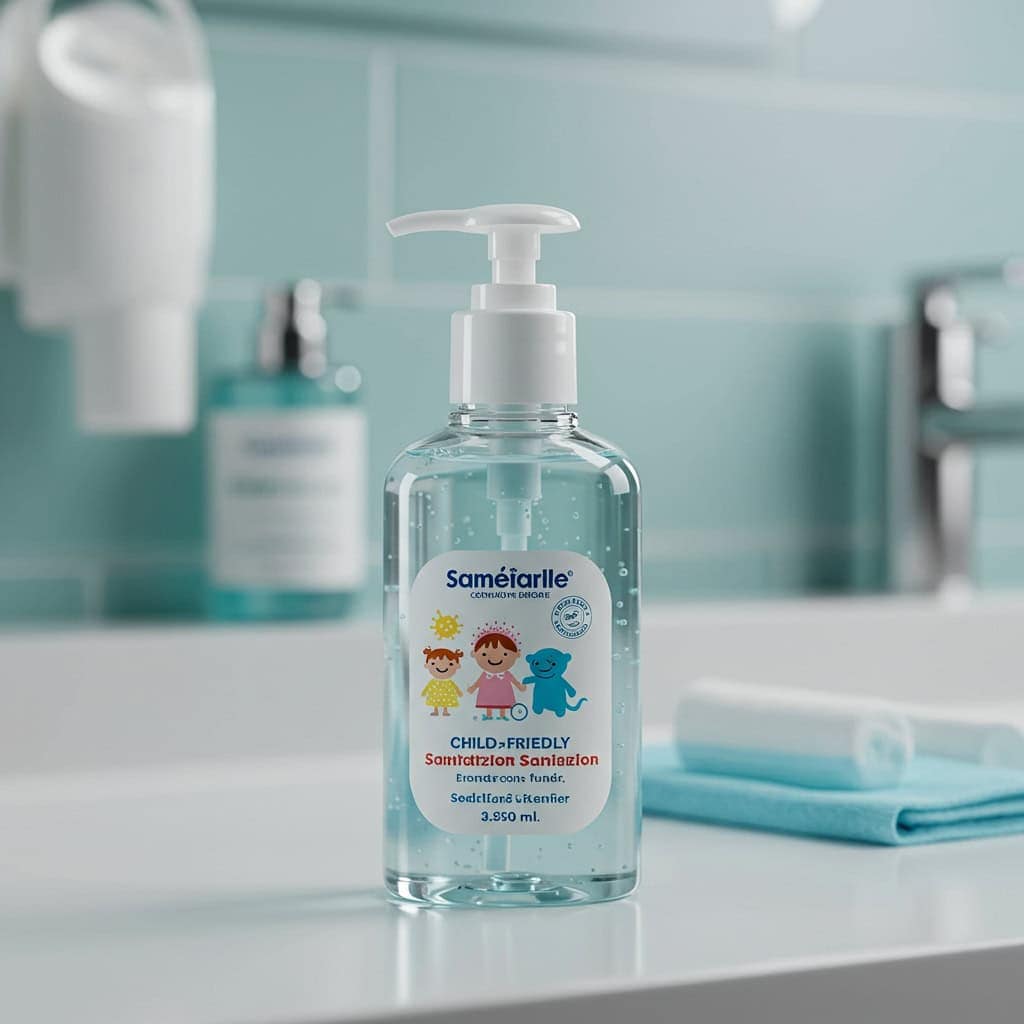
Alcohol-based hand sanitizer is an essential item for keeping germs at bay, especially when soap and water aren’t readily available. Opt for child-safe formulas and encourage frequent use, particularly after blowing noses or sneezing. Practicing good hand hygiene reduces the risk of illness spreading in your home. For more on effective use, see the CDC hand sanitizer recommendations.
10. Nasal Aspirator or Saline Drops

A bulb syringe or nasal aspirator helps gently clear stuffy noses in infants and young children, while saline drops loosen stubborn mucus. Using these tools can significantly improve your child’s comfort and sleep quality during illness. For step-by-step instructions and important safety tips, refer to the American Academy of Pediatrics guidance.
11. Medicine Dispenser
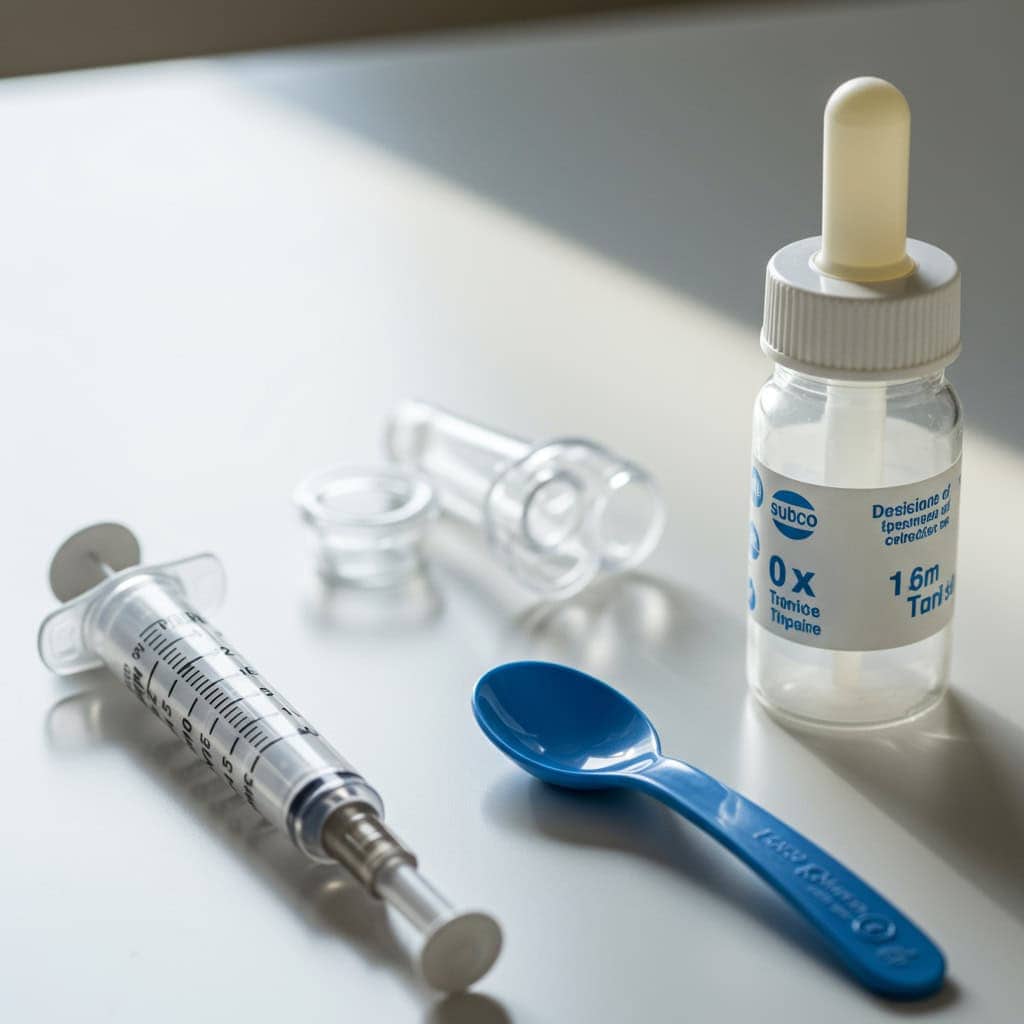
Dosing syringes, medicine spoons, or droppers are essential for giving children the correct amount of medication. Using the device that comes with the medicine helps prevent under- or overdosing and ensures safe administration. For more tips on measuring and giving medicine to kids, review the FDA’s guide.
12. Cold Packs and Warm Compresses
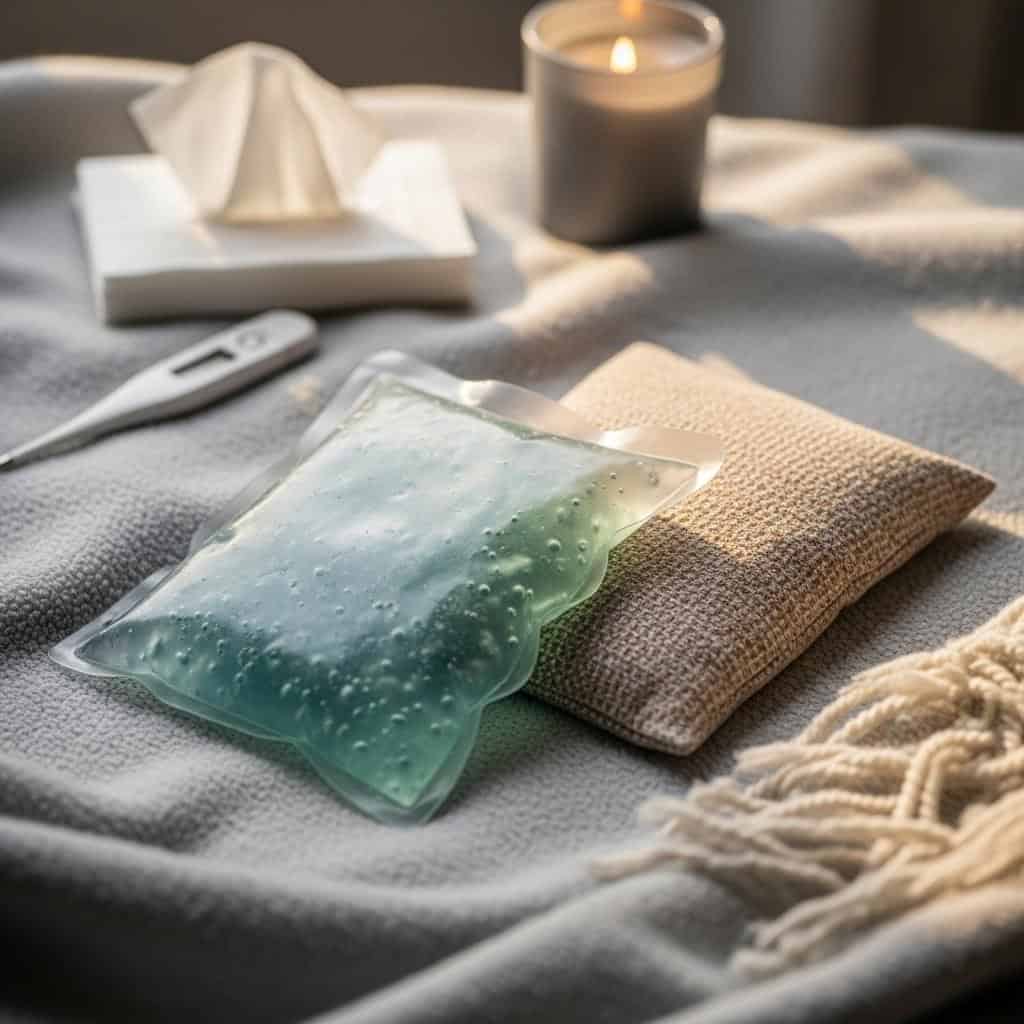
Reusable cold packs offer relief for fevers or minor bumps, while warm compresses help soothe muscle aches and nasal congestion. Keeping both options available allows you to address a range of symptoms and provide comfort as needed. For tips on safe and effective use, visit Nemours KidsHealth’s advice.
13. Entertainment and Distraction
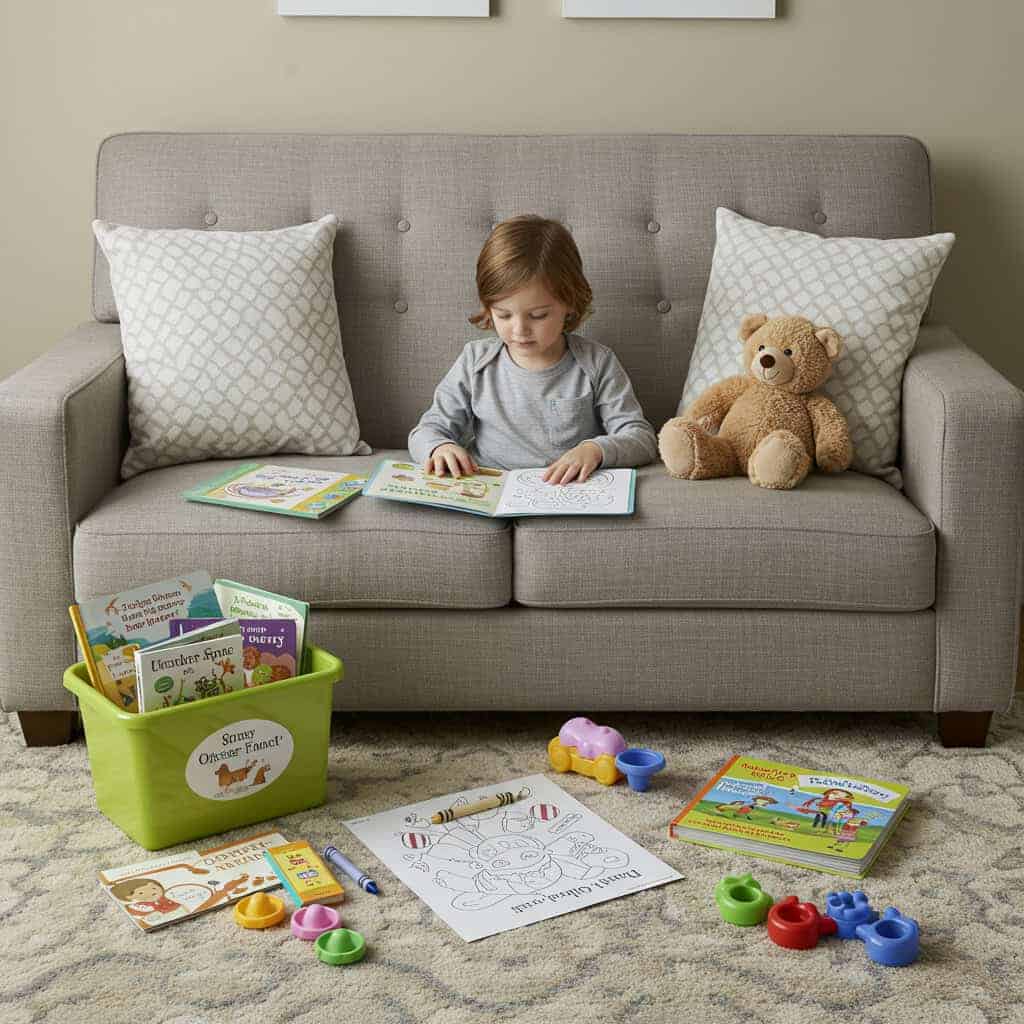
Books, coloring pages, and quiet activities are invaluable for keeping a sick child entertained and comforted during recovery. Selecting age-appropriate, low-energy options ensures your child can rest while still enjoying some distraction. These activities also provide much-needed breaks for parents. For more creative ideas to keep kids occupied at home, explore PBS Kids’ at-home activity resources.
14. Emergency Contact List
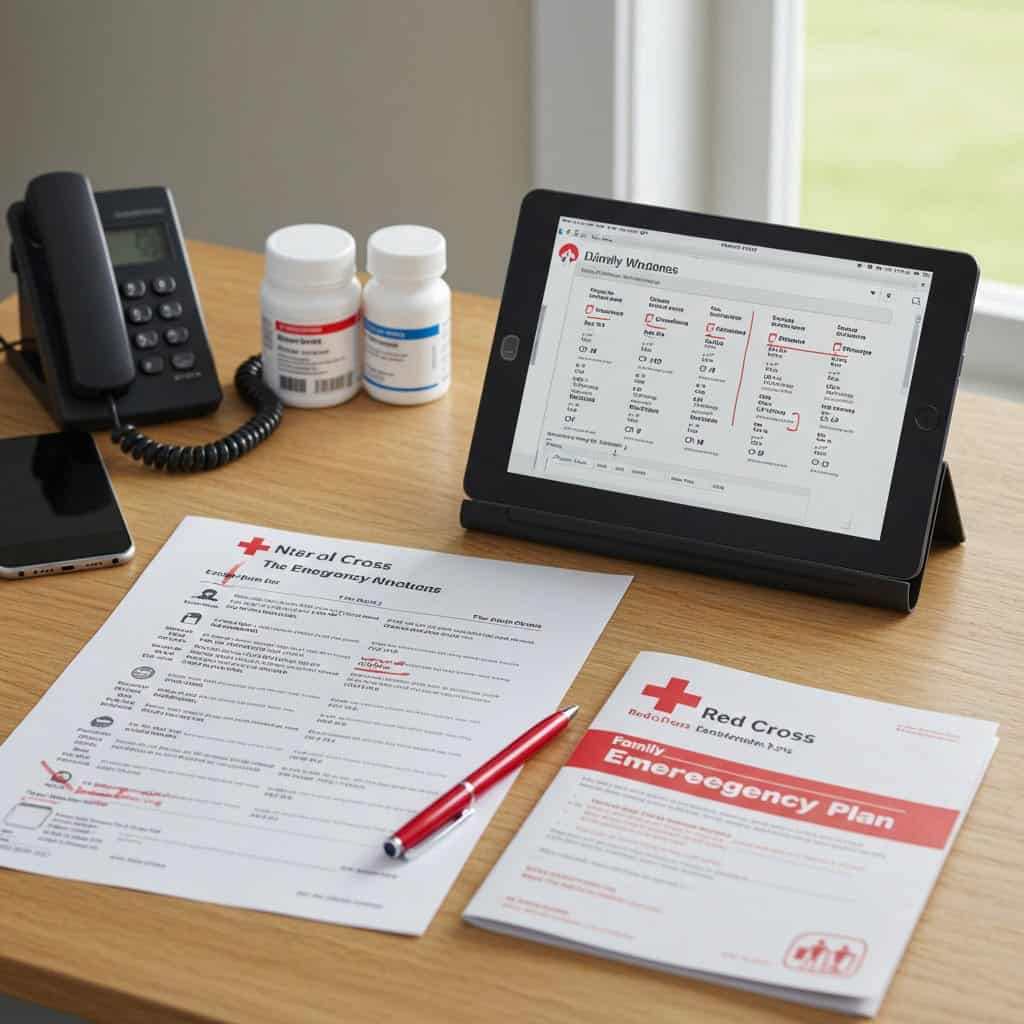
Maintain a printed or digital list of your pediatrician, pharmacy, and emergency contacts. Having this information easily accessible can save valuable time and help others assist in urgent situations. For more advice on preparedness, review the Red Cross family emergency plan.
Conclusion
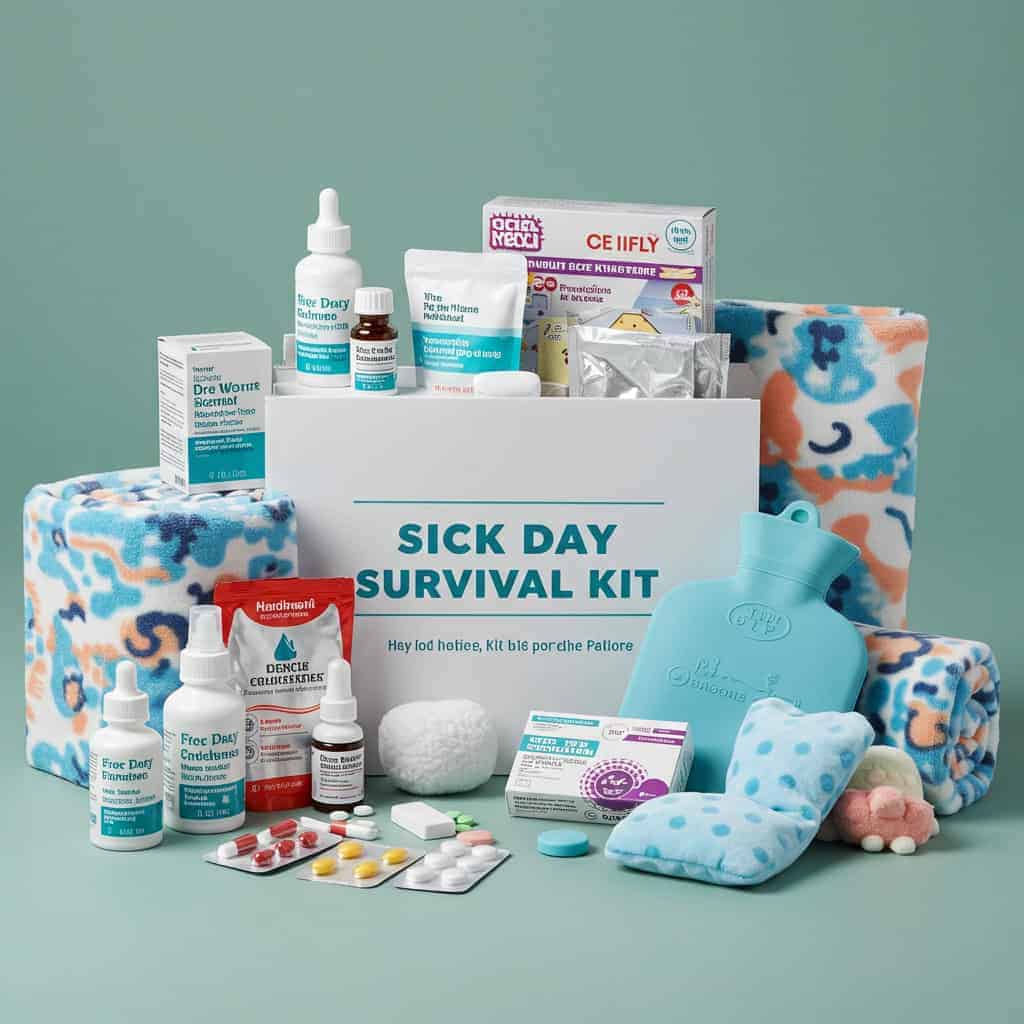
Being prepared for your child’s next sick day can make a world of difference. Assembling a sick day survival kit ensures you have everything needed to comfort, treat, and care for your child when illness strikes. These essentials not only ease parental stress but also support a smoother recovery. Take time to gather these items now—your future self and your child will thank you.
Disclaimer

This article is for informational purposes only and is not a substitute for professional medical advice. Always consult your healthcare provider with any questions or concerns about your child’s health.
.article-content-img img { width: 100% }



